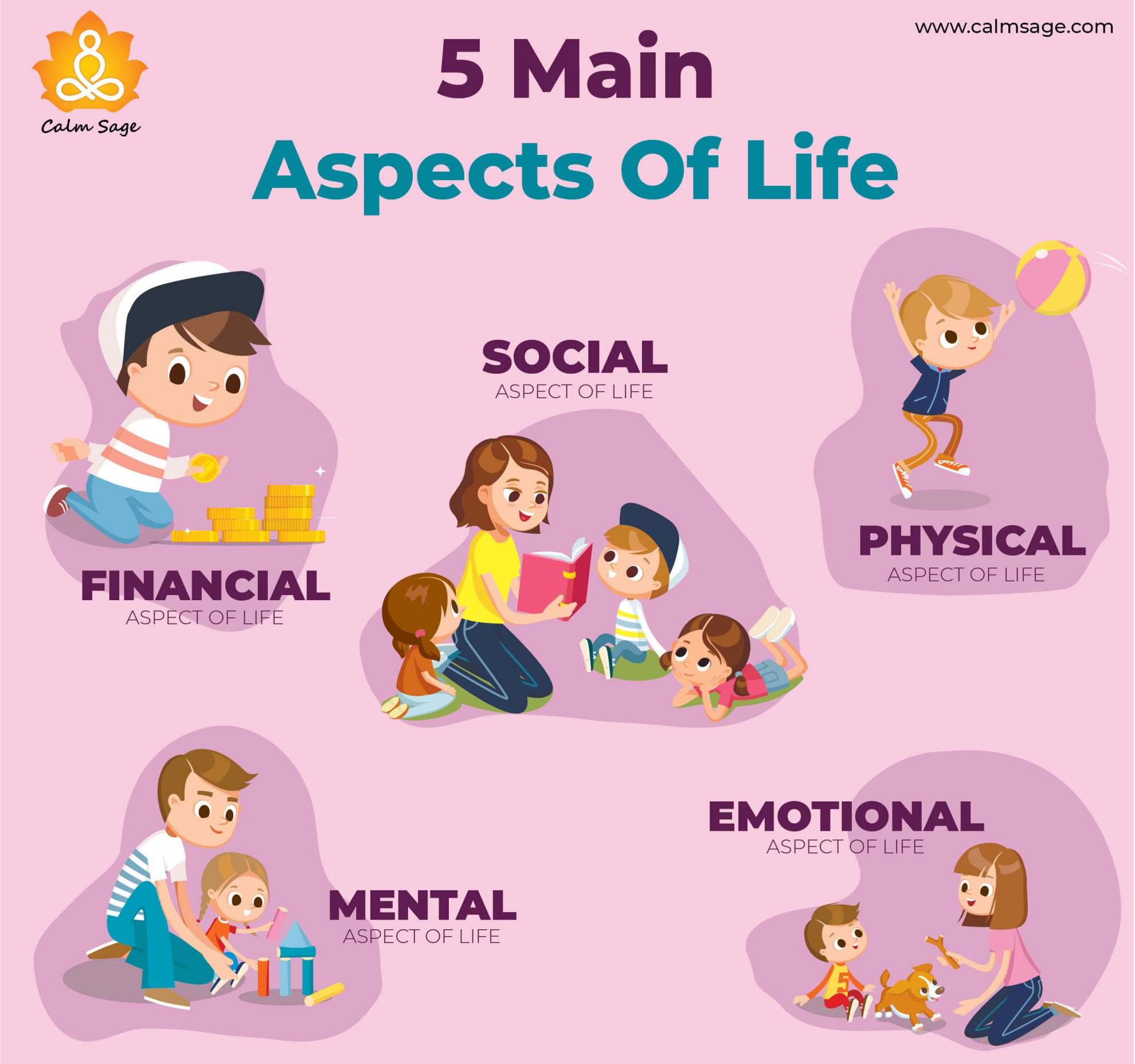Unpacking Life Expectancy In Iran: Trends, Factors, And Future Prospects
The concept of life, in its most profound sense, is the very quality that distinguishes a vital and functional being from a mere inanimate form. It encompasses responsiveness, growth, metabolism, and the intricate dance of energy transformation that defines existence. When we talk about life expectancy, we are essentially measuring the duration of this vital state within a population, offering a critical lens through which to view the health, well-being, and socio-economic development of a nation. This article delves into the fascinating and complex landscape of life expectancy in Iran, exploring the historical trajectory, the multifaceted factors that shape it, and what the future might hold for the Iranian people.
Understanding the lifespan of a population goes far beyond mere numbers; it reflects the efficacy of healthcare systems, the impact of environmental conditions, and the resilience of a society in the face of various challenges. For Iran, a nation with a rich history and a dynamic present, the trends in life expectancy tell a compelling story of progress, persistent hurdles, and the ongoing efforts to enhance the quality and duration of life for its citizens. We will navigate through the demographic shifts, public health initiatives, and broader societal influences that contribute to the evolving narrative of life in this unique country.
Table of Contents
- The Historical Trajectory of Life Expectancy in Iran
- Defining Life Expectancy: More Than Just Years
- Healthcare Infrastructure and Access: A Pillar of Longevity
- Socio-Economic Factors Influencing Lifespan
- Environmental and Lifestyle Impacts on Health
- Challenges and Opportunities for Improving Life Expectancy
- Gender Disparities in Life Expectancy
- Future Outlook: Sustaining Progress in Iranian Lifespans
The Historical Trajectory of Life Expectancy in Iran
Iran has witnessed a remarkable increase in life expectancy in Iran over the past few decades. From a relatively low base in the mid-20th century, influenced by prevalent infectious diseases, limited healthcare access, and socio-political upheavals, the country has made significant strides. For instance, in the 1960s, life expectancy was often below 50 years. This was a period where, as the "Data Kalimat" subtly suggests, the distinction between a "vital and functional being" and a "dead body" was often stark and tragically premature for many. The challenges of that era meant that the fundamental attributes of life – growth, metabolism, and reproduction – were often cut short by preventable illnesses.
The post-revolution era, despite periods of conflict and sanctions, saw a concerted effort towards public health improvements. Investments in primary healthcare, vaccination campaigns, and sanitation led to a steady rise. By the turn of the millennium, life expectancy had climbed considerably, reflecting a nationwide commitment to improving the health outcomes of its population. This trajectory mirrors global trends where developing nations, through strategic public health interventions, have managed to significantly extend the average lifespan of their citizens. This progress is often highlighted by international bodies like the World Health Organization (WHO) and the World Bank, which track global health indicators.
Defining Life Expectancy: More Than Just Years
When we discuss life expectancy in Iran, it's crucial to understand that it's not merely about the number of years a person is expected to live from birth. It's a complex statistical measure that reflects the overall health and living conditions of a population. As the "Data Kalimat" reminds us, life itself is characterized by attributes like "responsiveness, growth, metabolism, energy transformation, and reproduction." A higher life expectancy suggests that a greater proportion of the population is experiencing these vital attributes for a longer period, indicating better public health, nutrition, and environmental conditions.
It also implicitly speaks to the quality of life. A longer life, ideally, should also be a healthier life. This involves reducing the burden of disease, improving access to quality care, and fostering environments that support well-being. Therefore, while the number is important, the underlying factors that contribute to that number – such as low infant mortality rates, control of communicable diseases, and management of non-communicable diseases – are equally, if not more, significant. The focus isn't just on delaying death, but on extending the period of vital, functional living. The ongoing discussion in biology about the "definition of life" itself underscores the profound nature of what we are measuring when we calculate life expectancy: the duration of a complex, self-sustaining system.
Healthcare Infrastructure and Access: A Pillar of Longevity
A cornerstone of improving life expectancy in Iran has been the development and expansion of its healthcare infrastructure. Following the Islamic Revolution, Iran embarked on a significant restructuring of its health system, prioritizing primary healthcare and ensuring broader access, especially in rural areas. This strategic shift has been instrumental in bringing basic health services closer to the population, a critical step in a country with diverse geographical landscapes.
The Role of Primary Healthcare
Iran's primary healthcare network, often lauded by international health organizations, has played a pivotal role. This network, comprising health houses (Behdasht Khaneh) in rural areas and health centers in urban settings, focuses on preventive care, vaccinations, maternal and child health, and family planning. This emphasis on prevention and early intervention directly addresses many of the factors that historically limited life expectancy, such as infectious diseases and high infant mortality. The widespread availability of vaccinations, for instance, has dramatically reduced the incidence of diseases like polio and measles, allowing more children to survive into adulthood and contribute to the overall increase in average lifespan.
The system also facilitates health education, promoting healthier lifestyles and awareness about common diseases. This is where the broader concept of "life" as influenced by "fashion, family life, sports, holiday celebrations, media, and other elements of pop culture" comes into play. Public health campaigns leverage various media to disseminate information on nutrition, exercise, and hygiene, subtly shaping the daily lives of individuals towards better health outcomes. This holistic approach, moving beyond just curative medicine, has been a key driver of improved health metrics, echoing the idea that a "noble life" is one where well-being is prioritized.
Access to Medicines and Health Products
The availability and affordability of medicines and health products are crucial for maintaining and improving health. The "Data Kalimat" mentions "Life Pharmacy" and its offering of "a wide range of vitamins, medicines, beauty brands, baby care products, and sports" items. While a specific pharmacy, this highlights the importance of a robust pharmaceutical supply chain and access points. In Iran, despite facing significant international sanctions that have at times complicated the import of certain medical supplies, the country has invested heavily in domestic pharmaceutical production.
This domestic capacity, coupled with a network of pharmacies and healthcare providers, ensures that essential medicines are generally available. Access to baby care products, for example, contributes to lower infant mortality rates, a direct factor in increasing life expectancy. Similarly, the availability of vitamins and supplements, as well as products supporting sports and active lifestyles, contributes to general well-being and disease prevention, thereby extending the period of "vital and functional being." Challenges remain, particularly concerning specialized or high-cost medications, but the overall effort to ensure pharmaceutical access is a significant factor in the country's health profile, directly impacting the quality of life.
Socio-Economic Factors Influencing Lifespan
Beyond direct healthcare interventions, socio-economic factors profoundly influence life expectancy in Iran. Economic stability, education levels, and social equity play a significant role in determining health outcomes across a population. A society where basic needs are met, and opportunities are accessible, tends to have healthier and longer-living citizens.
Education and Income Levels
Education is a powerful determinant of health. Higher levels of education are often correlated with better health literacy, healthier lifestyle choices, and improved access to information about disease prevention and management. Educated individuals are more likely to understand the importance of nutrition, exercise, and seeking timely medical care. In Iran, the expansion of education, particularly for women, has had a ripple effect on family health, leading to better child care practices and improved maternal health, both of which contribute to increased life expectancy.
Income levels also play a direct role. Higher income generally translates to better nutrition, safer living conditions, and the ability to afford healthcare services, even if basic services are publicly provided. While Iran has a public healthcare system, supplementary private services and certain medications might be more accessible to those with higher disposable income. Disparities in income can therefore lead to health inequalities, impacting the overall average life expectancy. These factors collectively shape the daily "journey, from birth to death," as described in the "Data Kalimat," making it more or less robust for different segments of the population.
Urban-Rural Divide in Health Outcomes
Despite significant efforts to bridge the gap, an urban-rural divide in health outcomes persists in Iran, as in many other nations. Urban areas generally benefit from better access to specialized medical facilities, a wider range of healthcare professionals, and more advanced diagnostic and treatment technologies. They also often have better infrastructure, including sanitation and clean water, which are fundamental to public health.
Rural areas, while benefiting from the robust primary healthcare network, may still face challenges in accessing higher-level care, particularly for complex or chronic conditions. Geographical barriers, transportation issues, and sometimes a shortage of specialized medical personnel can impact health outcomes. Addressing this divide through continued investment in rural infrastructure, telemedicine initiatives, and incentives for healthcare professionals to work in underserved areas remains a key strategy for further improving overall life expectancy across the nation, ensuring that all individuals, regardless of location, have the opportunity for a vital and functional life.
Environmental and Lifestyle Impacts on Health
The environment in which people live and the lifestyle choices they make are increasingly significant factors in determining life expectancy in Iran. As the country develops and urbanizes, new health challenges emerge, shifting from infectious diseases to non-communicable diseases (
- Prof Michale Stokes
- Crazyjamjam
- Exploring Zefoy The Rise Of An Innovative Platform
- Elizabeth Olsen
- Julia Filippo

11 Life Lessons for Inspiration in Tough Times from Legends - Biography

Understanding The 5 Main Aspects of Life And Ways To Balance Life

The Tree of Life represents the spiritual point of balance – the secret